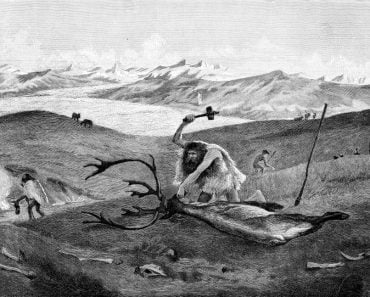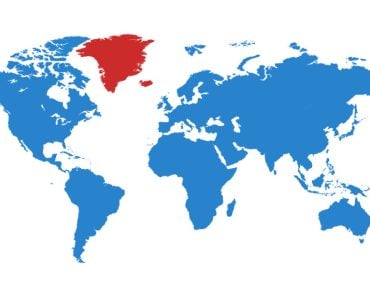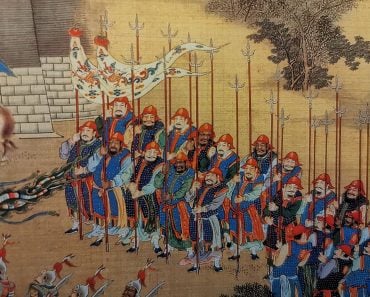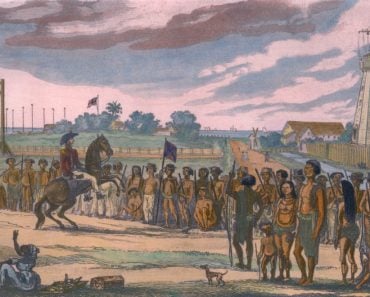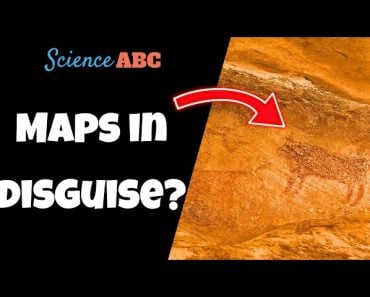Table of Contents (click to expand)
The Vikings stopped sending expeditions due to the unsustainable settlements, hostile relations with indigenous peoples, and climate change.
The Vikings, legendary for their seafaring prowess and exploration, stand out in history for their expansion across Europe and their surprising ventures into North America. Centuries before Columbus, they established settlements in what they termed Vinland. However, their North American dream was short-lived, and the settlements, like the one at L’Anse aux Meadows, were abandoned. The reasons behind this withdrawal are still debated among historians, but several factors likely contributed.
Recommended Video for you:
Distance And Logistics
The Norse colonies in Greenland were marginal at best. The distance from Greenland to Vinland alone was over 2,500 kilometers, making it a daunting journey even for these seasoned sailors.
The logistical challenges of maintaining a settlement so far from their base in Greenland—let alone their original homes in Scandinavia—were immense. Long supply lines and the difficulty of supporting a remote outpost played a significant role in the Vikings’ decision to abandon their North American settlements.
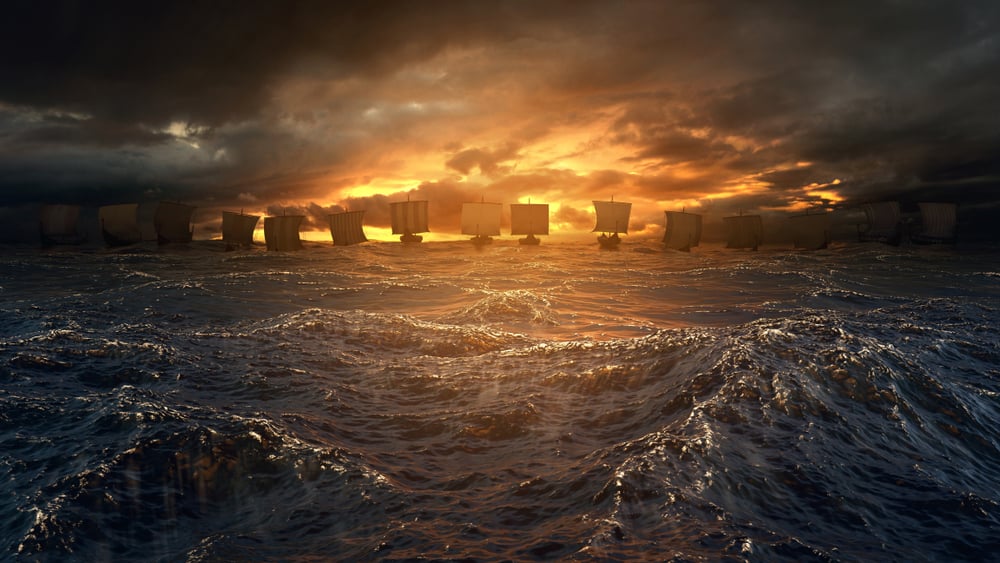
The effort required to extract and transport trade goods over such long distances may not have been worth the benefit, given the resources available closer to home in Norway or the British Isles, which were also under Norse influence.
The limited manpower of the Greenland colony was another issue. With a very small estimated population, there simply weren’t enough people to support an additional colony so far away. The population needed for hunting, building, and maintaining a settlement would have put a strain on their already limited resources.
Hostile Encounters
Encounters with the indigenous populations, whom the Norse called Skræling, were initially peaceful. However, the relationship soon deteriorated, leading to hostility. As reported in the sagas, a clash ensued when Vikings killed several natives who were found under their canoes, and this unfortunate encounter set the tone for future relations. The Norse were outnumbered and possibly outmaneuvered by populations that had adapted to the land for thousands of years.
Trade attempts failed to establish a stable relationship, and the Norse likely felt menaced by the larger native populations.
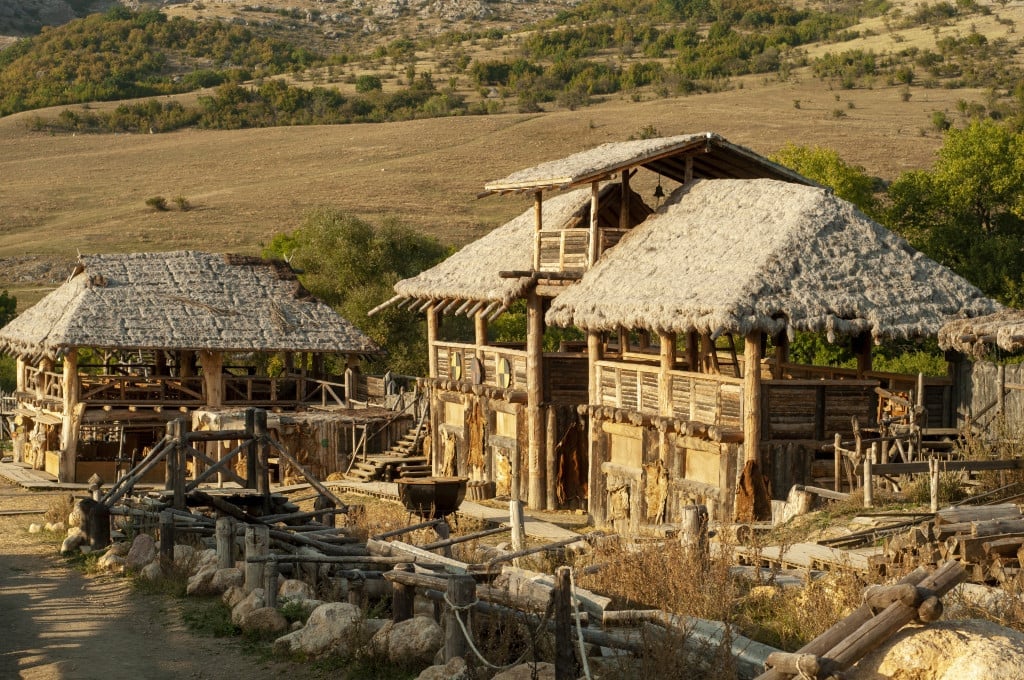
Climate Change
The climate posed another formidable challenge. Scholars suggest that a period of cooling in the North Atlantic, known as the Little Ice Age, began as the Vikings attempted to settle in the New World. Greenland’s colonies, already fighting to survive in a harsh environment, would have struggled even more as temperatures dropped. The colder climate would have made sailing to Vinland more perilous and reduced the viability of establishing self-sustaining settlements.
Cultural Dynamics
Another transformative force at play was the gradual spread of Christianity throughout Scandinavia. The old Norse religion, with its pantheon of gods like Odin, Thor, and Freyja, had been a driving force in Viking culture, influencing everything from social norms to motivations for raiding. The sagas and poetry of the time are replete with references to Valhalla and the glorious fate that awaited warriors in the afterlife. However, as Christianity began to spread, the ideological impetus that drove Viking expansion began to wane.
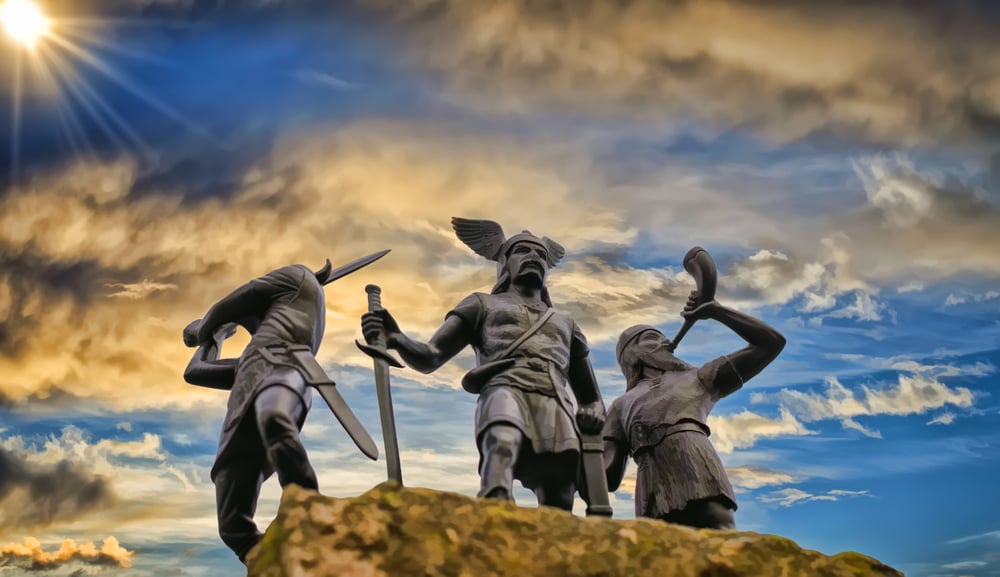
Christianization often brought with it the establishment of centralized monarchical or princely powers. Leaders who embraced Christianity sought to consolidate their control over Norse populations, pushing for more stability and structured governance. This shift in power dynamics meant that energies were redirected from raiding and exploration to the construction of a new societal order based on Christian ethics and European feudalistic structures.
The conversion to Christianity, often both a political and religious choice, helped Scandinavian kings integrate their realms into the broader European cultural and political landscapes, which in turn offered new opportunities and alliances.
The process of conversion was slow and uneven, but by the 11th century, it had made considerable inroads. Kings and chieftains who converted to Christianity would often establish churches and promote a more settled and agrarian way of life, in line with the Christian ethos of the time. The traditional Viking lifestyle of raiding and long-distance exploration was incompatible with this Christian ideal of a settled, God-fearing farmer or townsman. As the old gods receded, so did the old justifications for raiding distant shores.
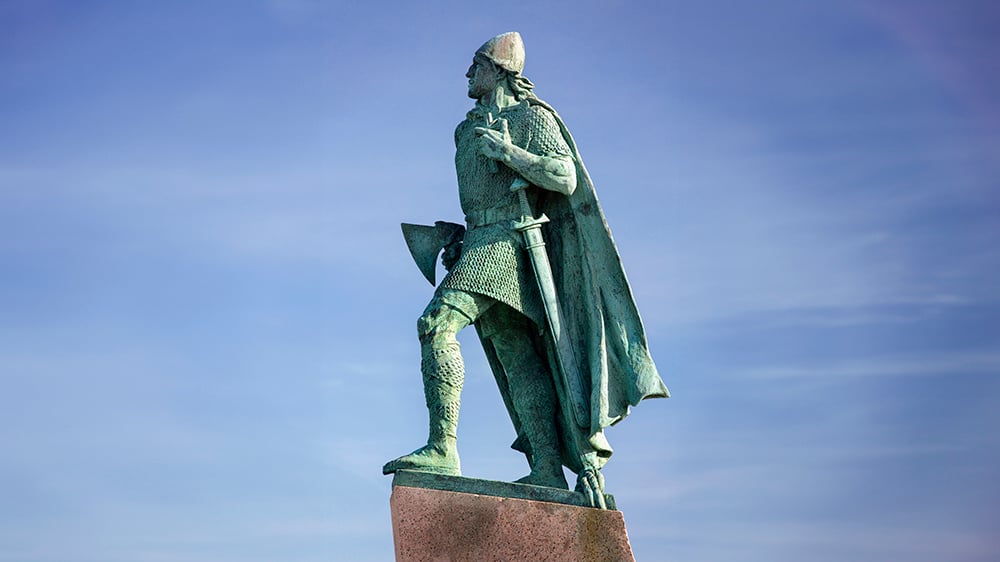
Legacy And Memory
The historical record of the Vikings’ North American adventures faded into legendary sagas, a mixture of history and myth. While it was Leif Erikson and his contemporaries who set foot in North America first, it was Columbus who opened up the Americas for European powers that were poised for expansion. His voyages led to the sustained contact between the Old World and the New World, whereas the Viking attempt did not.
The archeological evidence at L’Anse aux Meadows is a testament to the Vikings’ North American ventures, but the sagas alone could not compete with the subsequent European conquests and their historical narratives. Thus, Columbus and not Erikson is often credited with ‘discovering’ America, a reflection of the historical impact, rather than the chronology of events.
Conclusion
The end of Viking expeditions and settlements in North America was not due to a single factor, but a combination of logistical, environmental, and sociopolitical challenges. Their story is a captivating episode in the larger narrative of human migration and exploration, serving as a reminder of the complexity of establishing human societies in new frontiers, a theme as relevant today as it was over a thousand years ago.
References (click to expand)
- Kelly, M., & Ó Gráda, C. (2013, November). The Waning of the Little Ice Age: Climate Change in Early Modern Europe. The Journal of Interdisciplinary History. MIT Press - Journals.
- McGhee, R. (1984, January). Contact between Native North Americans and the Medieval Norse: A Review of the Evidence. American Antiquity. Cambridge University Press (CUP).
- The Last Vikings - I.B. Tauris.
- Pedersen A.,& Sindbæk S. M. (2020). Viking encounters: Proceedings of the Eighteenth Viking Congress. Aarhus Universitetsforlag


